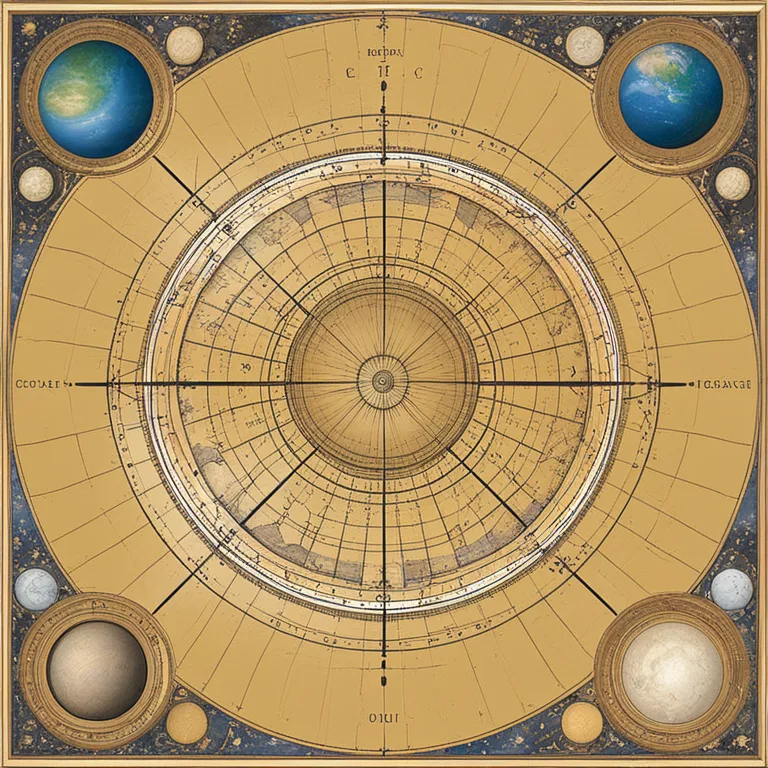
The Intricacies Of Zodiac Compatibility
Delve into the workings of zodiac compatibility and how astrological signs interact in relationships.
article by Sofia Ferguson
Introduction to Zodiac Compatibility
Astrology has long fascinated people by offering insights into personality traits and potential life paths based on the positions of celestial bodies. Zodiac compatibility is a segment of astrology that examines the potential harmonies and challenges between different astrological signs, particularly in terms of relationships. The fundamental belief is that certain signs naturally sync well with others, while some may clash, influencing the dynamic between individuals. This article sheds light on how zodiac compatibility operates and elucidates the underpinnings of astrological match-making for the modern, love-seeking individual.

Elements and Modalities
Each zodiac sign is associated with one of the four elements: Fire, Earth, Air, or Water. These elements reflect core temperament and behavioral tendencies. For instance, Fire signs are known for their ardor and zeal, Earth signs for their grounded nature, Air signs for their intellectual approach, and Water signs for their emotional depth. Complementary elements often indicate compatibility, as they suggest a basic, elemental harmony between individuals. Additionally, modalities—Cardinal, Fixed, and Mutable—speak to how signs initiate, persevere, or adapt, providing another layer to compatibility analysis.

Sun Sign and Beyond
The Sun sign, which is determined by one's birth date, is the most well-known astrological reference, but it's only the tip of the iceberg. Compatibility moves beyond this singular point to include the Moon sign, which governs emotions and inner self, and Venus, which oversees love and affection. By analyzing these and other planets in the natal chart (such as Mars for physical attraction and Mercury for communication), a more nuanced understanding of relationship dynamics emerges, encompassing not just the initial spark but also long-term emotional and communicational compatibility.
-in-a-heart-shape..webp)
Role of Aspects in Compatibility
Planetary aspects, or the angles planets make to each other on the natal chart, are crucial in compatibility readings. Trine and sextile aspects indicate ease and support, revealing where individuals effortlessly understand and bolster each other. Conversely, square and opposition aspects highlight areas of tension or conflict that can either be sources of friction or growth. These aspects guide astrologers in predicting the flow of energy between two people and how their individual energies might mesh or collide.

Synastry and Composite Charts
Synastry is a technique where two individual charts are overlaid to discern how two people's planets interact. It gives a detailed view of where harmonization and challenges may lie. The Composite chart, on the other hand, blends both charts to form a single midpoint chart, essentially creating the chart of the relationship itself. This informs the overarching theme and destiny of the relationship. Together, Synastry and Composite charts form a comprehensive astrological relationship analysis, unveiling likely joys and obstacles for the couple.
Free Will and Astrological Influence
While zodiac compatibility can provide deep insight, it is imperative to remember that astrology does not seal one's relational fate. Free will and personal growth play significant roles; individuals can always work towards harmony and understanding, regardless of their astrological predispositions. Zodiac compatibility is a guide but not an absolute dictum, offering perspectives on tendencies rather than deterministic predictions. When used wisely, astrology can promote self-awareness and empathy in relationships, accentuating strengths and addressing weaker areas constructively.
Published: 12/18/2023
Modified: 12/18/2023
More predictions
Come back here soon to learn more about yourself and your future



